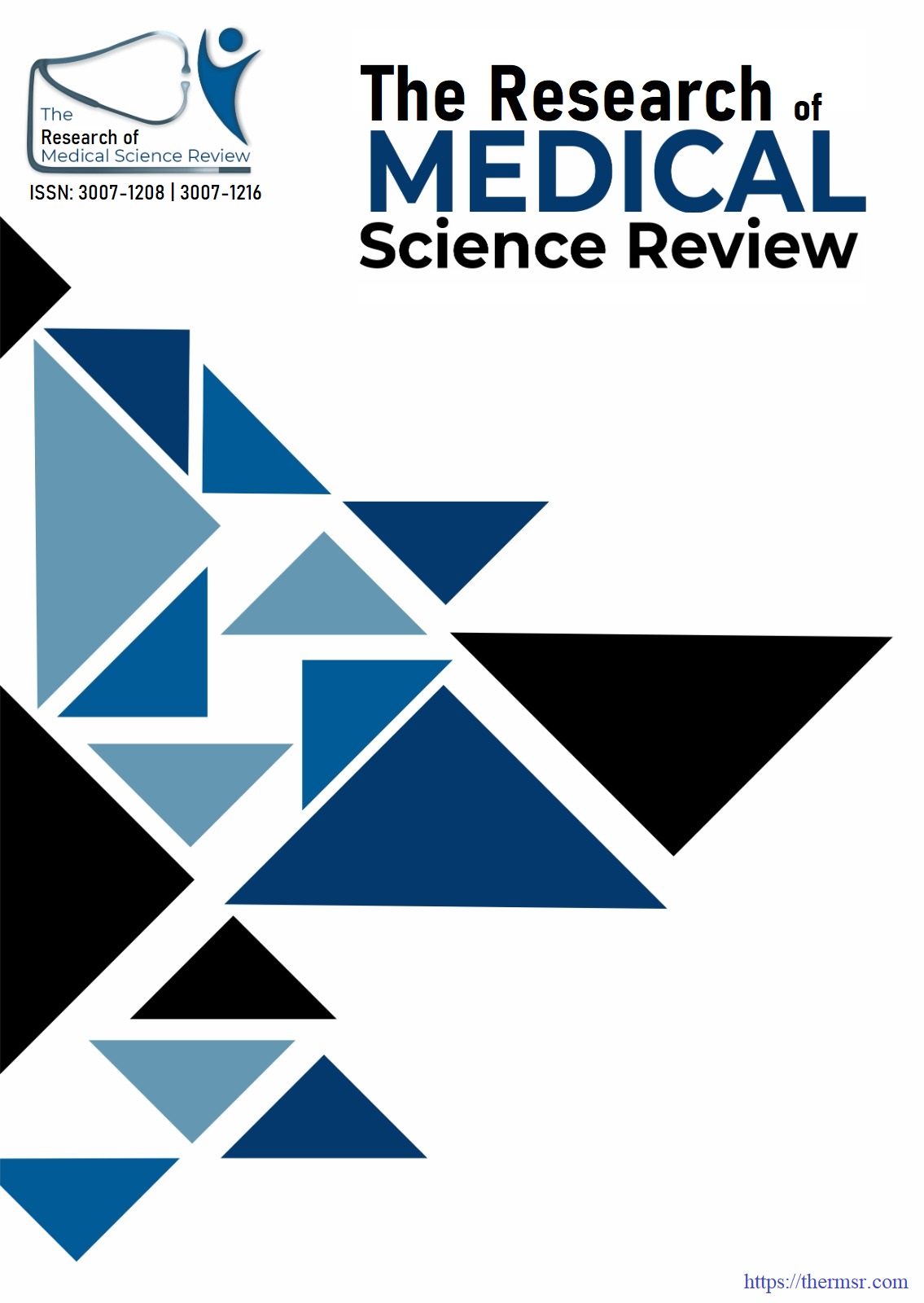NEUROLOGICAL OUTCOME FOLLOWING POSTERIOR DECOMPRESSION AND STABILIZATION FOR THORACOLUMBAR CARIES SPINE
Main Article Content
Abstract
Background: Thoracolumbar caries spine, a severe form of spinal tuberculosis, often results in neurological compromise. While anti-tubercular therapy remains the mainstay of treatment, surgical intervention is essential in cases involving spinal instability, deformity, or progressive neurological deficits. Posterior decompression and stabilization has emerged as a promising approach for managing such patients, offering structural support and neural recovery.
Objective: To assess the neurological outcomes following posterior decompression and stabilization in patients diagnosed with thoracolumbar caries spine.
Method: This prospective observational study was conducted in the Department of Neurosurgery Unit- I at the Punjab Institute of Neurosciences, Lahore, over a six-month period. Ninety-six patients aged between 18 and 60 years undergoing surgical treatment for thoracolumbar caries spine were included. Patients with spinal tumors, congenital vertebral anomalies, or multisegmental TB were excluded. All participants underwent posterior decompression and stabilization performed by a consistent surgical team. Neurological status was evaluated preoperatively and three months postoperatively using the Frankel grading system. Data on demographic variables, disease level, duration, and kyphotic angle were also collected and analyzed using SPSS version 27. A chi-square test was applied to assess changes in Frankel grade.
Result: Among 96 patients, a majority were aged 31–50 years, with both genders represented. The most common levels of spinal involvement were D6–D11 and D12–L3. Preoperatively, Frankel grades ranged from A to E, with Grade C being most prevalent. At the three-month follow-up, significant neurological improvement was observed: a substantial proportion of Grade C patients progressed to Grade D or E, while Grade B patients advanced to Grade C or D. Only a few patients showed no improvement, and one experienced deterioration. A statistically significant correlation was found between surgical intervention and neurological recovery (p < 0.05). One mortality and a few minor complications were recorded.
Conclusion: Posterior decompression and stabilization significantly improves neurological function in thoracolumbar caries spine patients. This approach is safe, effective, and instrumental in restoring motor and sensory function, thereby enhancing quality of life in affected individuals.
Downloads
Article Details
Section

This work is licensed under a Creative Commons Attribution-NonCommercial-NoDerivatives 4.0 International License.
